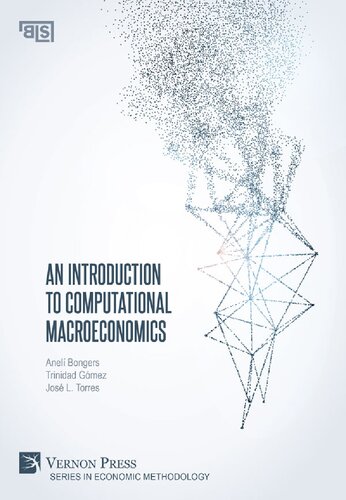

Most ebook files are in PDF format, so you can easily read them using various software such as Foxit Reader or directly on the Google Chrome browser.
Some ebook files are released by publishers in other formats such as .awz, .mobi, .epub, .fb2, etc. You may need to install specific software to read these formats on mobile/PC, such as Calibre.
Please read the tutorial at this link: https://ebookbell.com/faq
We offer FREE conversion to the popular formats you request; however, this may take some time. Therefore, right after payment, please email us, and we will try to provide the service as quickly as possible.
For some exceptional file formats or broken links (if any), please refrain from opening any disputes. Instead, email us first, and we will try to assist within a maximum of 6 hours.
EbookBell Team

0.0
0 reviewsThis book presents an introduction to computational macroeconomics, using a new approach to the study of dynamic macroeconomic models. It solves a variety of models in discrete time numerically, using a Microsoft Excel spreadsheet as a computer tool. The solved models include dynamic macroeconomic models with rational expectations, both non-microfounded and microfounded, constituting a novel approach that facilitates the learning and use of dynamic general equilibrium models, which have now become the principal tool for macroeconomic analysis. Spreadsheets are widely known and relatively easy to use, meaning that the computer skills needed to work with dynamic general equilibrium models are affordable for undergraduate students in Advanced Macroeconomics courses.